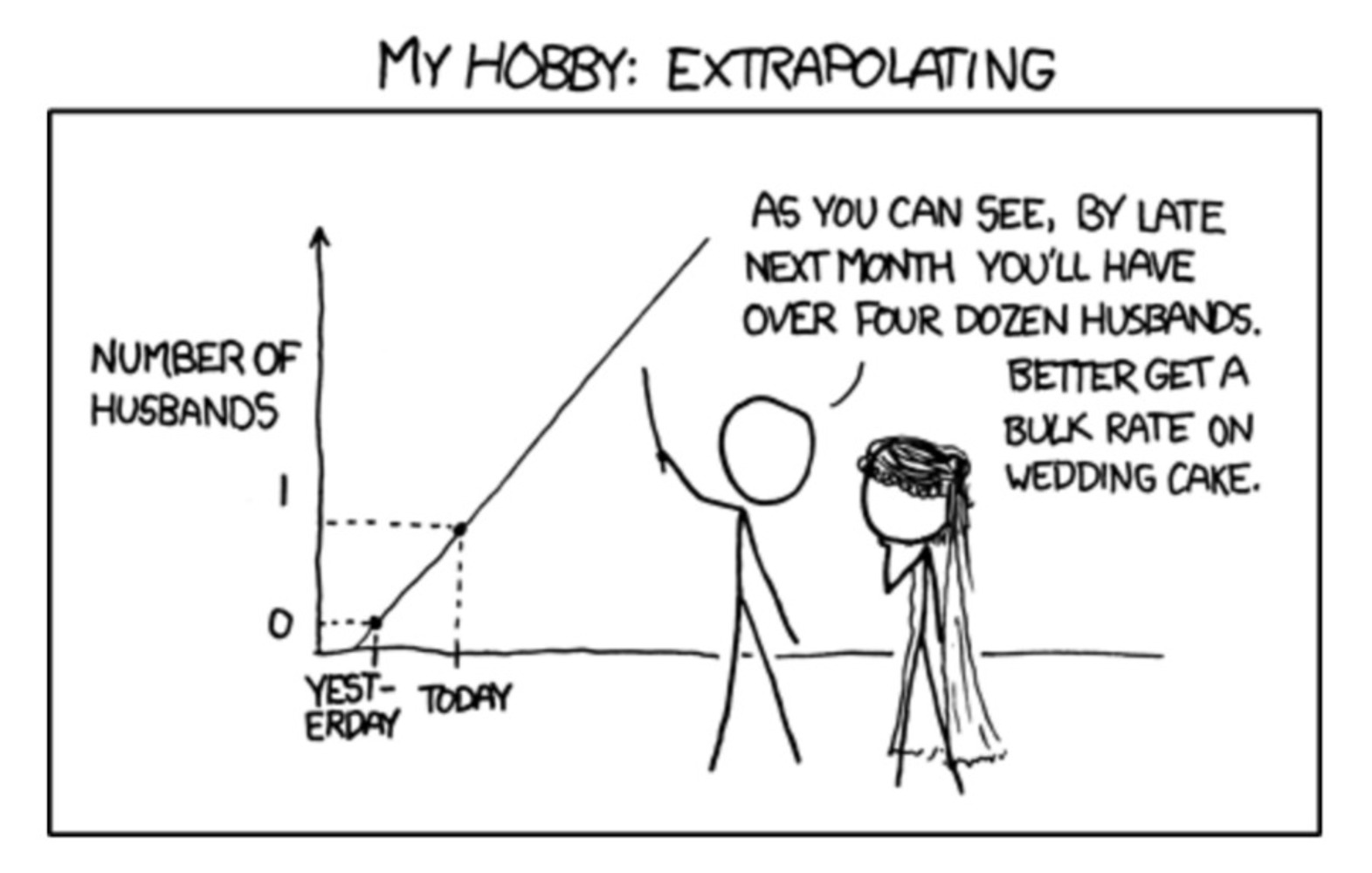The base graph was created in Numbers, and then edited in photoshop. Some of the things I did:
* removed the value labels for the number of hours slept for the projected values. quick arithmetic reveals that I will be sleeping for 25 hours on the night of November 8th.
* maintained the unhelpful y-axis values to deter immediate realisation of that fact above
* removed the y-axis line for value 30, to exaggerate the values of the projected hours
* added a curved arrow to suggest some sort of exponential growth, although it is clear that the project itself is linear
* moved the graph label closer to the bars to exaggerate the height of the arrow
* used <month day> labels for the x-axis to obscure the fact that the increasing trend of the non-projected data (Oct 28 - Oct 31) can be explained by the fact that Thursdays (which Oct 29 is a) are my busiest days, followed by kinder Fridays, and then blissful weekends.

